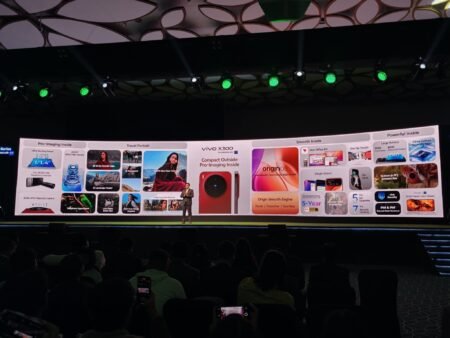The Samsung partnership with Google very goes ancient and actually we knew for some things happening behind the scenes. Now, ready to advance into this decade further set ownership up TSMC as client 3nm fine bits of silicon fingers is tickling both Tensor G5 an such their native shipsteers expect upcoming in fiber…. While the intention of this strategic move is to improve performance and efficiency, it puts Google in risk for late release compared to competitors.

Transition to TSMC for Enhanced Performance
Pixel 8 series was the final cutpellower to use a chipset built by Samsung, that processor being Tensor G4. The next Tensor G5 will release in 2025 and it is scheduled to be fabricated on TSMC’s second-generation 3nm process, the same node that Apple devices with an A18 series are using.
According to the leaks, the Tensor G5, codenamed (“laguna“), boasts an updated CPU cluster with a powerful Arm Cortex-X4 prime core, five Cortex-A725 performance cores, and two Cortex-A520 efficiency units.

Its graphics prowess is further enhanced by a dual-core Imagination Technologies (IMG) DXT-48-1536 GPU clocked at 1.1 GHz. This GPU introduces ray tracing capabilities to the Tensor family for the first time, enabling realistic lighting and shadow effects. Additionally, GPU Virtualization allows for accelerated graphics performance in virtual machines.
It seems Google is playing a different game when it comes to their Tensor chips. While everyone else is rushing to the fastest, most cutting-edge technology, Google is taking a more measured approach. They’re sticking with TSMC’s 3nm process for the upcoming Tensor G6 (codename: Malibu), even though they could be using the even more advanced 2nm process.
This might seem like a step back, but Google insists they’re not chasing benchmark scores. They’re focused on delivering a smooth and reliable experience for Pixel users. They’ve said it before with the Tensor G4, and it seems they’re sticking to that philosophy.
This decision is a big deal for Google’s hardware ambitions. It shows they’re not just about being the fastest, but about making sure their phones work flawlessly for their users. It’ll be interesting to see how this strategy plays out in the long run, especially with all the competition in the mobile market.
Source: AndroidAuthority
Discover more from wazzuptechph
Subscribe to get the latest posts sent to your email.







